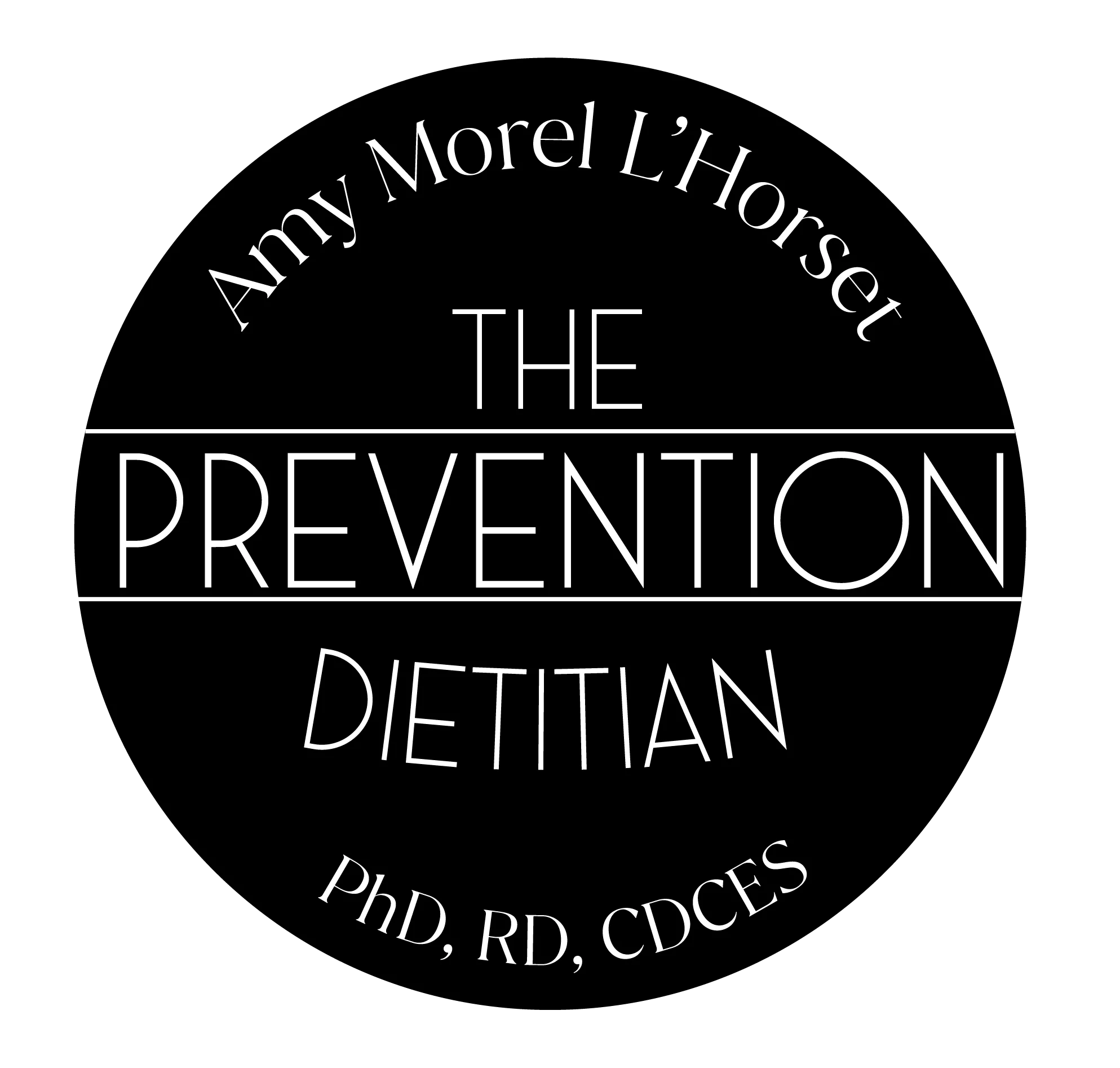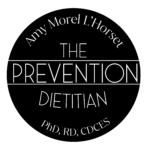While personalized nutrition is the only way to match you to the diet best suited to your conditions, symptoms, budget, time constraints and food preferences, the Mediterranean diet is a great place to get started if you have prediabetes!
The Mediterranean diet is a way of eating that is based on the traditional cuisines of countries that border the Mediterranean Sea. Decades of research demonstrate the health advantages of the Mediterranean diet (1). No wonder it’s been named the #1 best diet in the world for five years in a row (2).
March is National Nutrition Month and the theme for 2022 is “Celebrate a World of Flavors”. What a perfect time to celebrate the benefits of the Mediterranean diet plan for prediabetes and type 2 diabetes prevention.
Recently, a member of my group for women with prediabetes asked an excellent question about the Mediterranean diet,
“I know the Mediterranean diet is supposed to be good. I just don’t know where to start. Is phasing in the diet a good option?”
The answer is a definitive YES! Getting started with any new health behavior is challenging; let alone adopting an entire lifestyle!
So, let’s break down three actionable steps that can take you closer to a Mediterranean way of eating. Phasing in these steps is a great way to prevent overwhelm along the way. Remember, each step by itself has lasting health benefits!
These three easy ways to start the Mediterranean diet are especially beneficial for people with prediabetes and type 2 diabetes who may also be following a low carbohydrate diet.
Consume Seafood Weekly
Seafood is a cornerstone of the Mediterranean eating pattern. The emphasis on seafood based meals sets it apart from other diets recommended for prediabetes and type 2 diabetes.
The nutrients in seafood—such as omega-3 fatty acids, vitamin D, selenium and B vitamins—help support heart health, reduce the risk of type 2 diabetes and heart disease, lower chronic inflammation, help to lower hemoglobin A1C, cholesterol and blood pressure, protect the eyes, support the immune system and boost brain health (3).
How much seafood do you need to consume to reap these benefits? The general consensus is 2 servings of seafood per week (3). One serving equals approximately 4 ounces of cooked fish or the size of a deck of cards.
While this may not sound like a difficult goal for the more seasoned seafood enthusiasts, there are challenges associated with consistently eating two servings per week for many people.
Reasons that people don’t eat seafood include: lack of knowledge about how to prepare it, perceived availability and affordability, environmental concerns and motivation.
As with any new health behavior, the secret to success is to start small. Canned seafood, tuna packets, and frozen fish are often easier and more affordable options. Also, having some easy go-to recipe options and resources can inspire your weekly meals (4).
Don’t give up too soon. Try a variety of seafood and experiment with new recipes. You may not like canned tuna, but perhaps you fall in love with a grilled tuna steak. You may not like cold shrimp cocktails, but you find pleasure in eating cooked shrimp as part of a casserole or in taco.
If you are allergic to seafood, obviously steer clear. Don’t worry, there are certainly other ways to benefit from the Mediterranean eating style, so keep reading…
Consume Extra Virgin Olive Oil Daily
Another important hallmark of the Mediterranean diet is olive oil.
I know it can feel a bit overwhelming when you are standing in front of all the oil options in the grocery store aisle!
Here are a few tips:
- Choose EXTRA VIRGIN OLIVE OIL (EVOO). This type of olive oil is produced without the use of chemicals or heat, so it retains its natural flavors, antioxidants, and polyphenols (basically, all the good stuff!)
- High quality and good tasting EVOO can be found at various price points. Don’t feel like you need to spend a fortune!
- Store your EVOO in a cool and dark place. Be sure to check the “best by” date.
How much EVOO do you need to consume to reap the benefits? The general consensus is 1.5 tablespoons per day (5). Remember, EVOO is a source of fat and high in calories, so no need to down an entire cup!
Here are a few ways to include EVOO daily:
- Use an EVOO based salad dressing
- Drizzle EVOO over cooked veggies
- Brush EVOO on meats/poultry/fish before grilling, roasting or sautéing
Consume Vegetables Daily
Vegetables form the foundation of the Mediterranean diet. Vegetables are excellent sources of essential vitamins, minerals, and antioxidants that provide many important health benefits to your body.
Non-starchy vegetables play a key role in the prevention of type 2 diabetes as they are low in both carbohydrate and calories yet still packed with blood sugar balancing perks!
How many vegetables do you need to consume to reap the benefits? Aim for at least 3-4 servings per day. One serving equals approximately one cup of raw or ½ cup cooked vegetables.
Looking for some vegetable inspiration?!
Here are some popular spring season vegetables for the Mediterranean diet: artichoke, arugula, broccoli, Brussels sprouts, cabbage, leeks, lettuce, mushrooms, parsnips, radishes, kale, onions, celery.
Pro tip: build a meal based on seafood plus non-starchy vegetables cooked in olive oil and you just accomplished all three steps in one shot!
Action Steps for Getting Started on a Mediterranean diet for Prediabetes
“A year from now you will wish you had started today” ~ Karen Lamb ~
Ok, now it is time to put all of this into action. First, don’t get stuck in “analysis paralysis”. You can choose one new step and start today.
- Plan for two servings of seafood per week. Which two meals can you make seafood based meals? Remember, you can start with one meal! Grab a can of tuna and get started here.
- Add 1.5 tablespoons of EVOO per day.
- Include 3-4 servings of non-starchy vegetables per day.
- Do steps 1-3 consistently over the next 3-4 months and then check your Hemoglobin A1C and other health markers.
P.S. Join my private Facebook community for women with prediabetes where you can get a daily dose of healthy eating tips, support, and encouragement.
P.P.S. And if the Mediterranean diet just isn’t for you, take a look at the other proven eating patterns for people with prediabetes. You can grab a copy of my free guide here.




